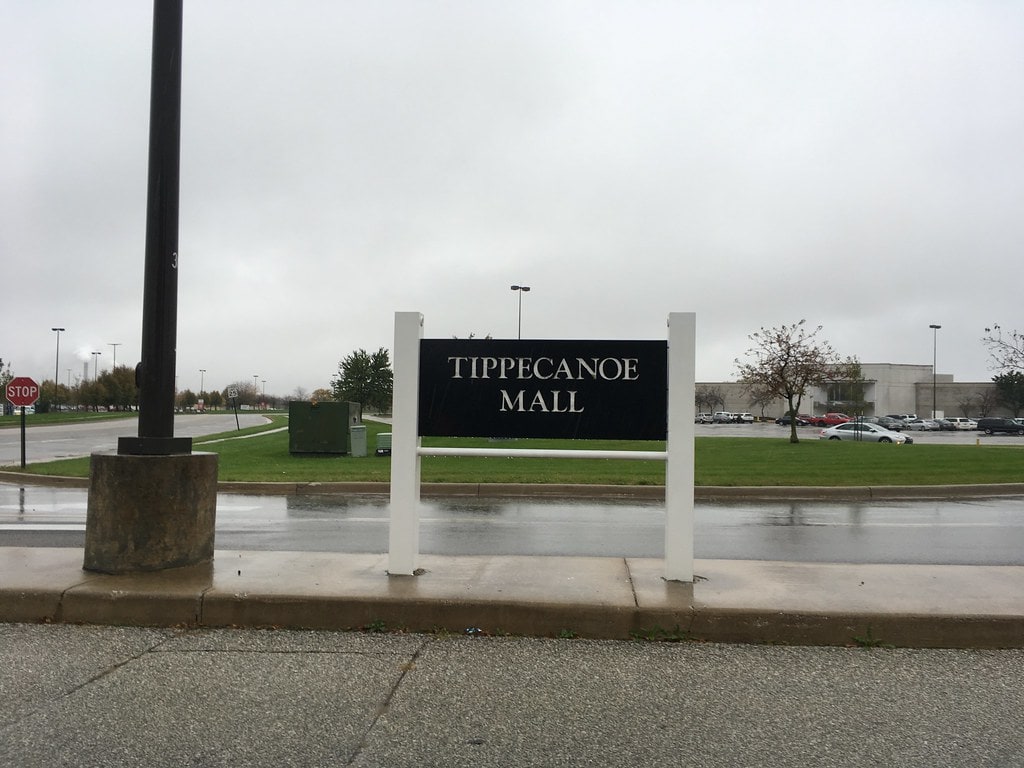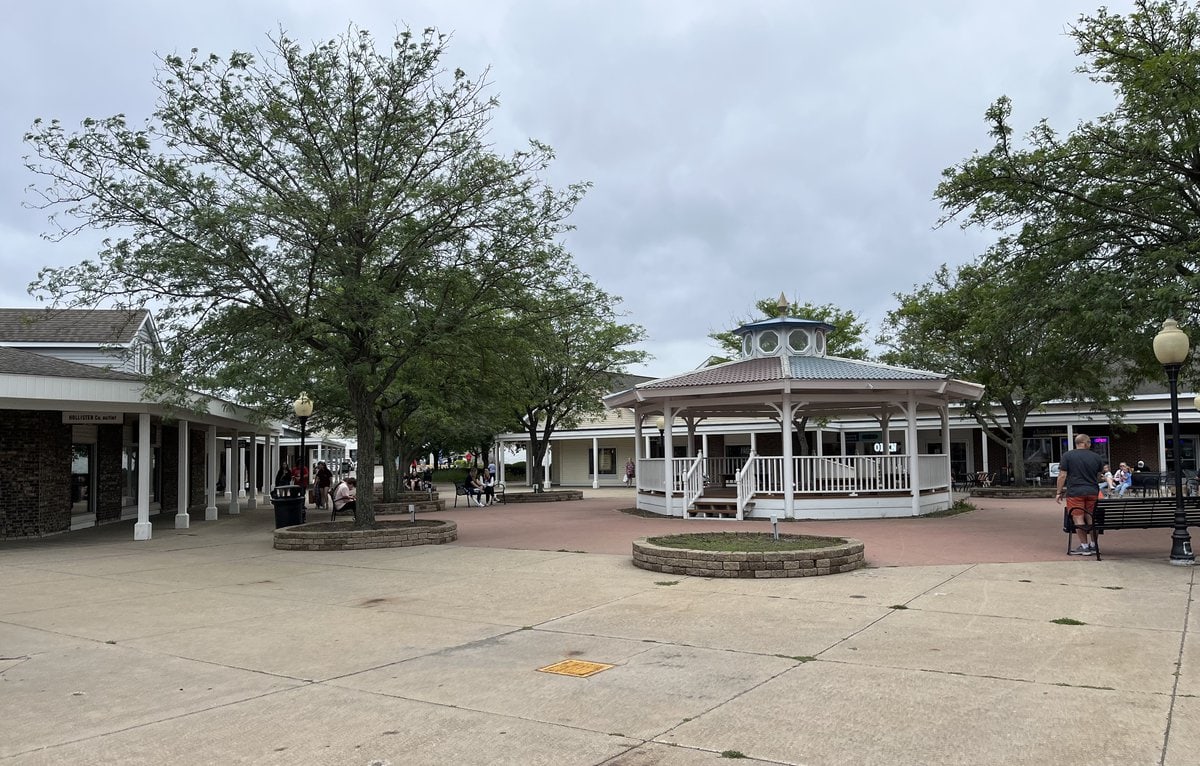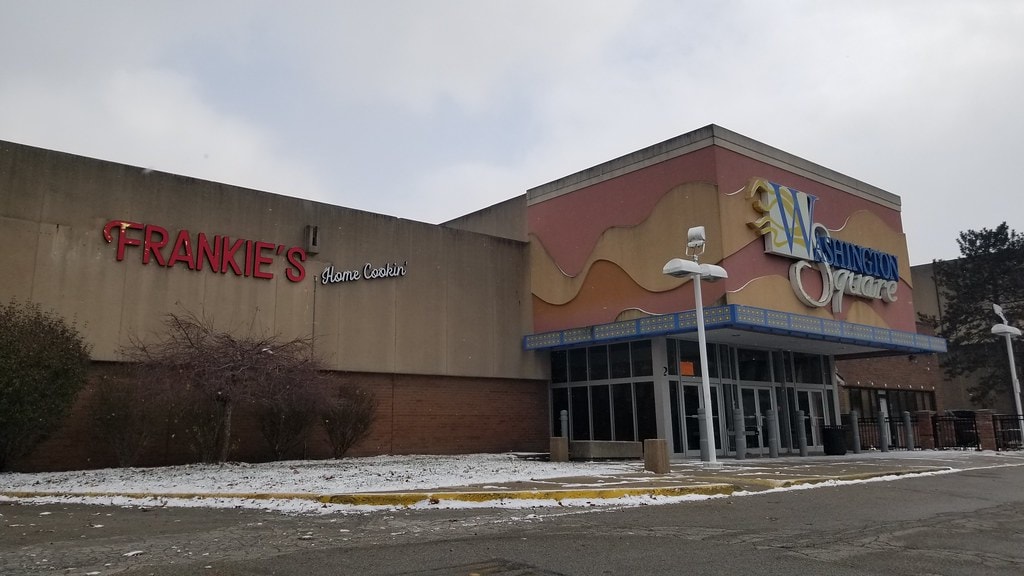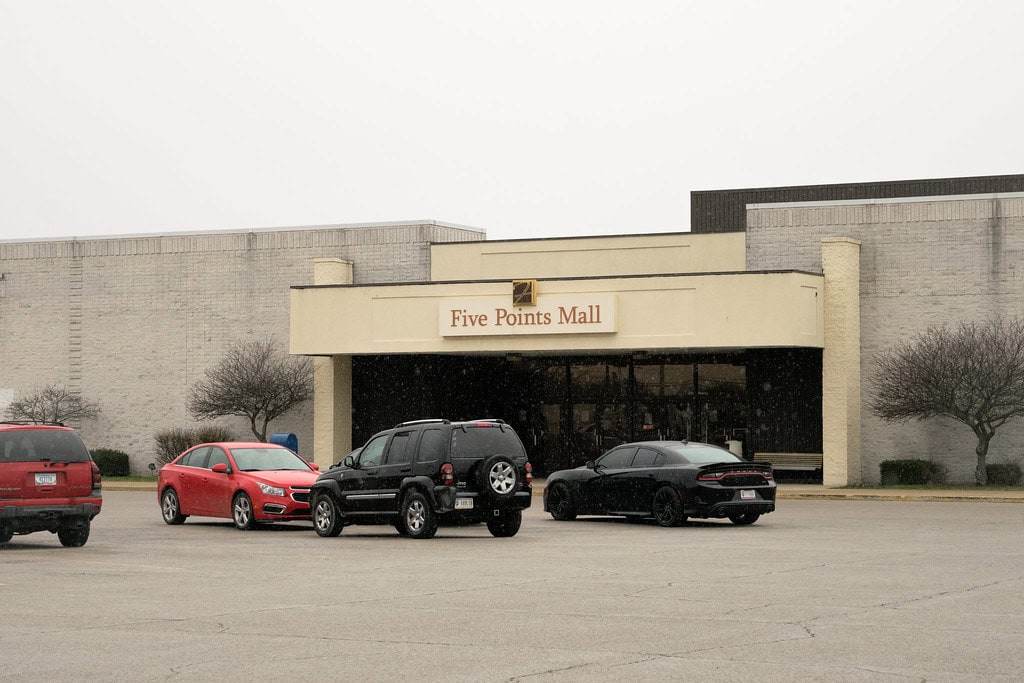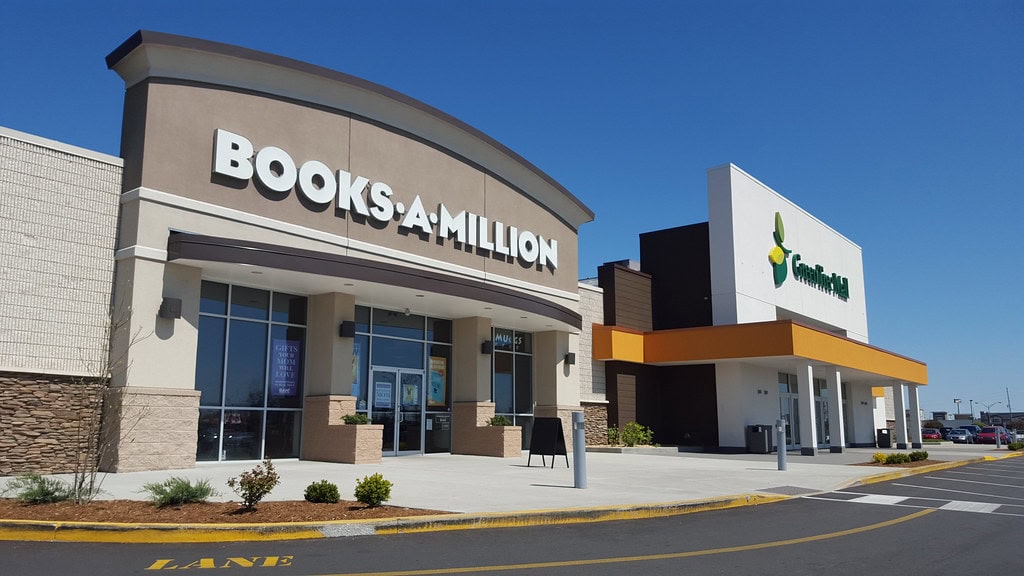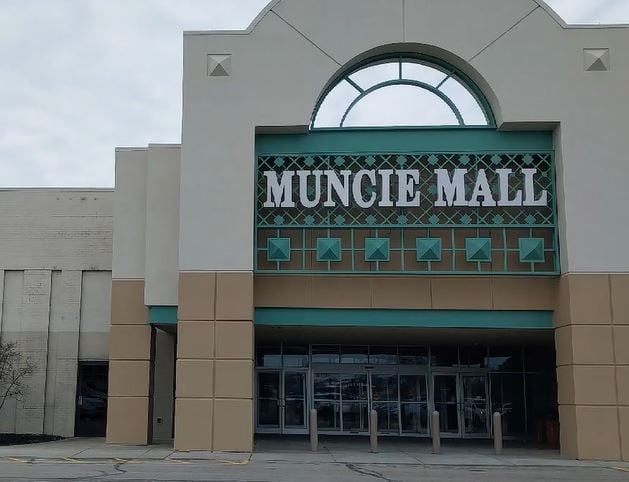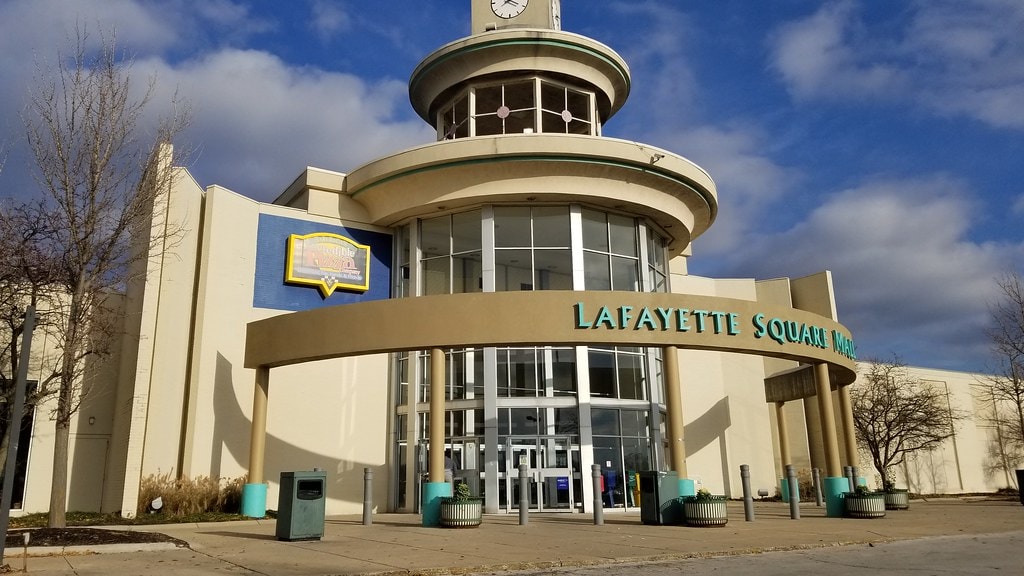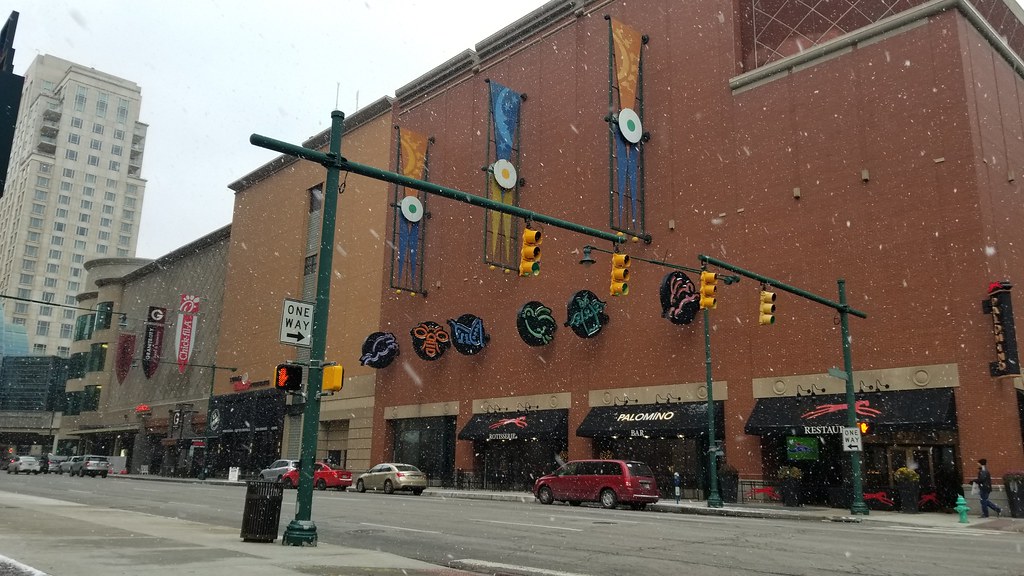Carmel's got its routines - roundabouts, festivals, a city center built from scratch. But some of its more unusual details slip under the radar. One street still has a log cabin from 1828. The high school radio station has alumni at ESPN.
And for nearly 30 years, the town was called one thing by residents and another by the U.S. Postal Service. Here are ten things about Carmel you might not hear at the farmers' market.

Carmel kept its original name for decades after its post office changed it
Carmel was originally laid out and platted as Bethlehem on April 13, 1837, by settlers John Phelps (sometimes recorded as Felps), Alexander Mills, Seth Green, and Daniel Warren.
The original plat included 14 lots and used the Bethlehem name for nearly a decade.
In 1846, when residents sought to establish a post office, federal authorities rejected the name Bethlehem because it was already in use elsewhere in Indiana.
The postal service adopted the name "Carmel," drawn from Mount Carmel in the Bible.
However, the town itself continued using the name Bethlehem for nearly 30 more years.
It wasn't until 1874 that the town formally incorporated under the name Carmel, aligning with its postal designation.
Carmel's Christkindlmarkt brings in over 400,000 visitors a year
Since its debut in 2017, the Carmel Christkindlmarkt has grown into one of Indiana's largest holiday events.
Based on traditional German Christmas markets, it features wooden vendor huts, live performances, and a seasonal ice-skating rink.
In recent years, the event has drawn more than 400,000 people annually, according to city estimates and tourism reports.
Vendors offer imported German ornaments, handmade gifts, and food items like bratwurst and raclette.
The market is held at Carter Green near the Palladium and typically runs from mid-November through Christmas Eve.
It was named the top holiday market in the U.S. by USA Today's 10Best Readers' Choice Awards in multiple years.
The only Glühwein Pyramid of its kind in the U.S. stands in Carmel each winter
A 33-foot Glühwein Pyramid serves as the central feature of Carmel's annual Christkindlmarkt.
Imported from Germany, the structure is modeled after traditional Weihnachtspyramiden, towering wooden carousels commonly found in Saxony during the holidays.
It is wrapped in over 3,000 LED lights and weighs approximately 10 tons.
Carmel officials and tourism materials describe it as the only one of its size and type in the United States.
The pyramid also functions as a beverage booth, serving warm Glühwein and other seasonal drinks from taps integrated into its base.
It is installed for the duration of the Christkindlmarkt each year, from mid-November through December 24.
One Carmel neighborhood showcases Modernist homes from the 1950s and 60s
The Thornhurst Addition, located just west of downtown Carmel, is a residential district known for its mid-century Modern architecture.
Developed between 1956 and 1971, the neighborhood features homes designed by Avriel Shull, a self-taught designer who gained regional recognition.
Her houses include post-and-beam construction, open floor plans, aluminum-framed windows, and clerestory lighting - elements uncommon in Indiana suburbia at the time.
In 2010, the neighborhood was listed on the National Register of Historic Places.
Many of the original homes have been maintained or carefully renovated, and the area remains a physical record of Carmel's mid-20th-century growth and architectural experimentation.
More than 150 roundabouts have replaced stoplights across the city.
Starting in the late 1990s, Carmel began replacing traditional intersections with roundabouts.
By 2025, the city had built more than 150 of them, more than any other city in the U.S. The shift was led by longtime mayor Jim Brainard, who argued that it reduced accidents and kept traffic moving.
Carmel's roundabouts now outnumber its traffic lights, and some residential streets have multiple within a short stretch.
Civil engineers from other parts of the country regularly visit to study how the system works.
The city publishes crash data and cost comparisons to explain the benefits and drawbacks of its unusual road layout.
A Japanese garden behind City Hall honors a sister‑city friendship
In 2007, Carmel began building the Kawachinagano Japanese Garden south of City Hall to mark its sister‑city relationship with Kawachinagano, Japan, formalized in 1994.
The garden includes a traditional Sukiya‑style gate assembled using Hinoki wood, with beams from trees 100 and 200 years old, and a koi pond, stone lanterns, crane sculptures, and a red pedestrian bridge linking it to the Monon Trail.
It opened in 2009, with a tea gazebo added in 2011. Spring brings cherry blossoms, drawing families and photographers.
The space is free and open year‑round, offering a quiet spot amid city activity.
A local high school runs its own radio station with a national reach.
Carmel High School has operated WHJE (91.3 FM) since 1963.
The station broadcasts student-run programming that includes music, sports commentary, interviews, and local news.
Students take responsibility for everything: DJ shifts, technical work, and FCC compliance.
Over the years, WHJE alumni have gone on to work at ESPN, NPR, and regional affiliates across the Midwest.
The station operates from a studio inside the school building and streams online.
Local businesses sometimes sponsor shows, and school sports games are regularly aired live.
It's one of the longest continuously running high school radio stations in the United States.
A local man patented one of the earliest automatic traffic signals in the U.S.
In 1924, Carmel resident Leslie Haines created an electric traffic signal and installed it at the intersection of Main Street and Rangeline Road.
It used a timer and rotating signs to direct vehicles, no human operator required.
At the time, most intersections still relied on police officers or mechanical semaphores.
Haines' design predated widespread adoption of electric lights and is considered one of the earliest automatic traffic systems in Indiana.
The original device was later moved to the Carmel Clay Historical Society's Monon Depot Museum, where it remains on display as part of a local history collection.
A historic log cabin from 1828 still stands beside its 1840s expansion
On a property in what is now eastern Carmel, two buildings sit side by side: an 1828 log cabin and a two-story brick house built in the 1840s.
Both were constructed by early settler John D. Kinzer, who purchased land near a spring and lived on-site while expanding his farm.
The cabin served as the original homestead, and the larger brick house followed when Kinzer's family grew.
The property remained in agricultural use for more than a century. In 1975, both structures were added to the National Register of Historic Places.
They are among the oldest remaining dwellings in the area and retain much of their original form.
The city library began with a Carnegie grant in 1913
Carmel's public library originated with the Wednesday Literary Club around 1896, led by teacher Mahlon Luther Haines.
That effort became formal in 1904 when trustees established the Carmel Clay Public Library.
In 1913, the Carnegie Corporation awarded an $11,000 grant to build a permanent library building on East Main Street, which was completed between 1911 and 1914.
Today, the library operates from two locations, the Main Library downtown and the Joyce Winner West Branch, serving a population of more than 100,000 in the Carmel area.

